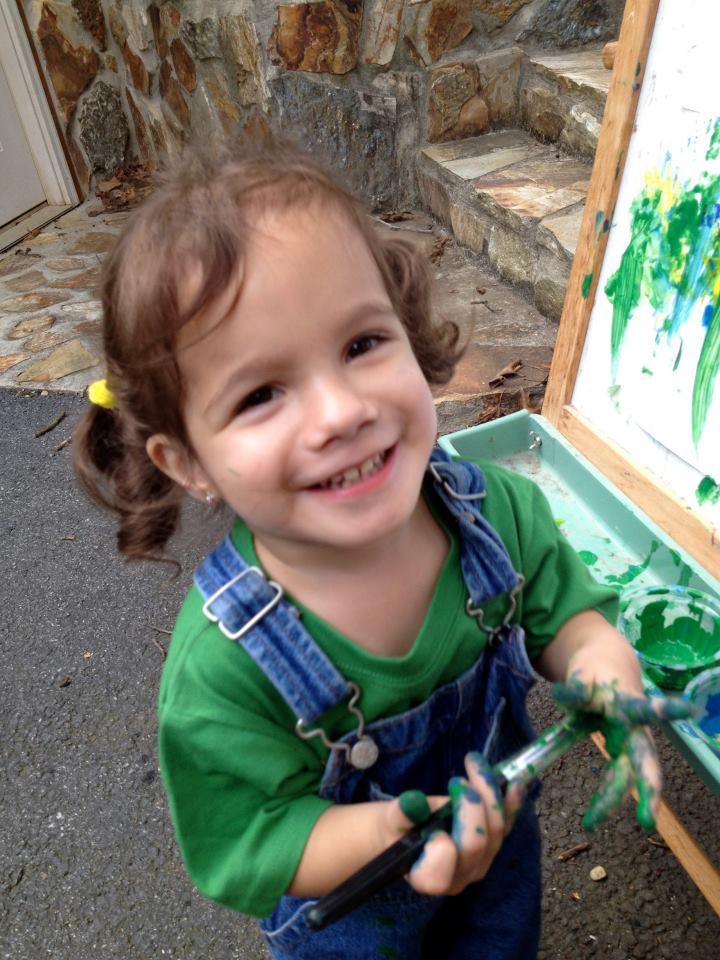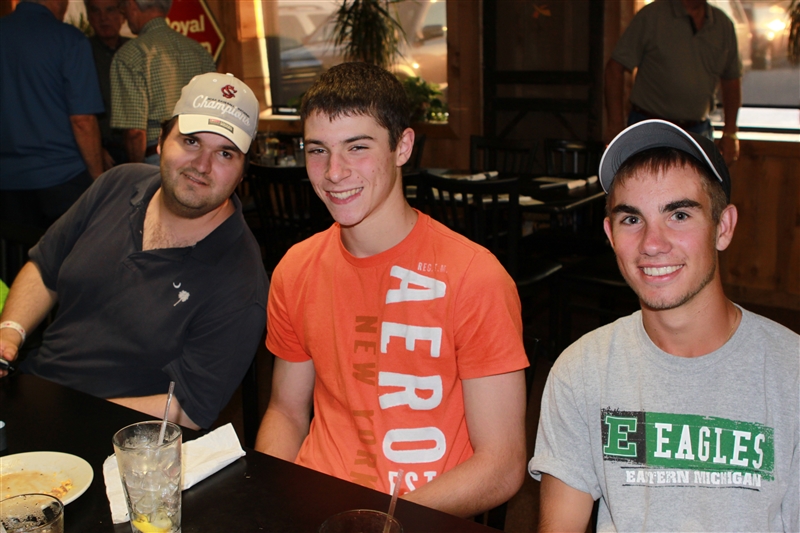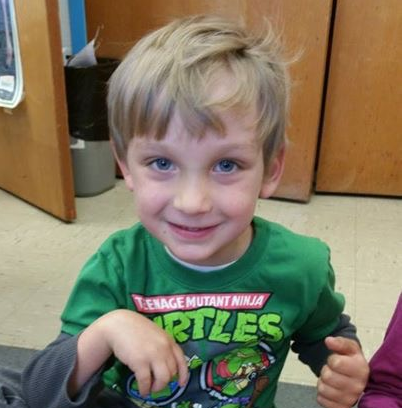Speech Therapy
Communication differences are usually diagnosed by a licensed Speech and Language Pathologist (SLP), sometimes known as a Speech Therapist. These therapists can use a multimodality approach with little ones:
- Visual – using pictures; modeling the sound while the child watches
- Auditory – listening to the sound; apps and computer programs can help with this
- Tactile – physically manipulating the mouth to make the developmentally appropriate sounds; visual phonics
Sign Language
Because expressive language (talking) is often delayed in children who have hemiplegia, many parents report that sign language allows their child to communicate while they wait for language skills to improve. Signing can decrease frustration because your baby can tell you what she wants! There are a variety of methods for teaching sign language to your baby.
- Check out a book from the library on teaching sign language to babies
- Baby Sign Language
- Book recommendation: Dancing with Words by Mailyn Daniels
Drooling
Drooling past the baby stage is not common in children with hemiplegia. A few children do continue to have challenges with drooling and the habit of drooling may be due to weakness and impaired mechanical activity of the oral muscles. This means that drooling in children with hemiplegic cerebral palsy may improve as their oral musculature matures. Check with your child’s occupational therapist and speech therapist for help. Parents tell us that vibrating toothbrushes and oral massagers may help with drooling and sensation in the child’s mouth.








